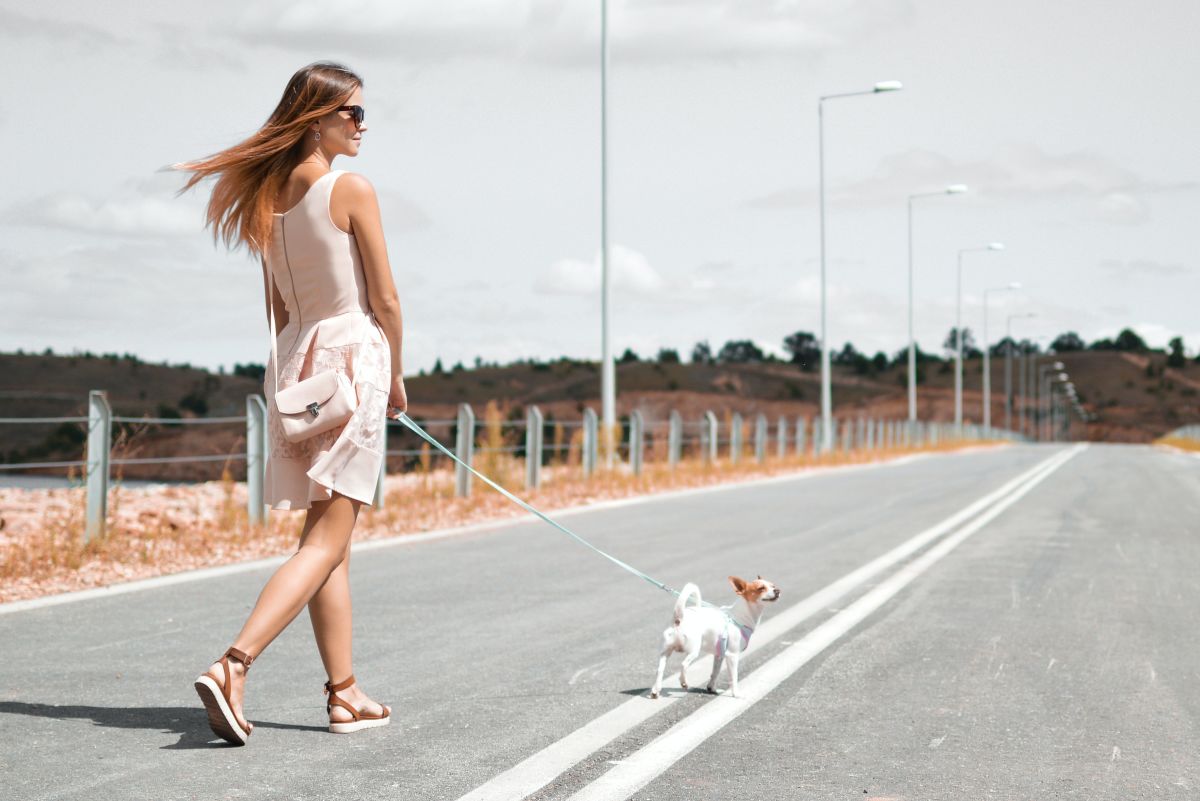When dogs whine while playing with their toys, it could be a sign of excitement or frustration. This behavior is a way for them to express their emotions and engage with the toy.
Dogs are playful creatures who find joy in interacting with their toys. However, sometimes our canine companions may display a peculiar behavior of whining while playing with their toys. This whining can be puzzling for dog owners and may leave them wondering about the reasons behind it.
In order to understand this behavior, it is important to delve into the fascinating world of canine communication. Whining during playtime can serve as a form of emotional expression for dogs. Whether it stems from excitement or frustration, this vocalization allows them to engage with their toys in a way that mirrors their emotions. By examining this behavior, we can gain a deeper insight into the inner workings of our furry friends’ minds and develop a stronger bond with them.
1. Toy Frustration And Excitement
Dogs may whine when playing with their toys due to frustration and excitement. Overstimulation and high energy play can trigger whining behavior. Another reason could be a toy size mismatch, where the toy may be too small or too big for the dog’s preference.
Additionally, dogs may prefer interactive toys over static ones, leading to whining if the toy doesn’t engage them enough. It is important to understand your dog’s preferences and provide toys that match their energy levels. By choosing the right toys and monitoring their play, you can help reduce whining during playtime.
So, next time you notice your dog whining while playing with her toys, consider these factors and make adjustments accordingly. Remember, understanding your dog’s needs is the key to a happy and enjoyable playtime experience.
2. Seeking Attention And Interaction
Dogs often whine when playing with their toys as a way of seeking attention and interaction from their owners. Whining can be a form of communication and bonding with humans. By whining, dogs are reinforcing their playful behavior, hoping to engage their owners in the fun.
It’s their way of saying, “Look at me! Play with me!” Whining could also be a sign that your dog wants to interact and connect with you on an emotional level. By responding positively to your dog’s whining, you are strengthening the bond between you and creating a deeper connection.
So, next time your dog whines during playtime, take a moment to give them the attention and interaction they desire. It will not only make your dog happy but also enrich your relationship with them.
3. Separation Anxiety And Security
Dogs often whine when playing with their toys due to separation anxiety and the need for security. They associate their toys with the presence of their owners, seeking reassurance and comfort. Whining is a way for dogs to express their emotions and seek attention.
Some dogs become dependent on their toys for comfort, using them as a source of security when their owners are not around. This behavior can be a sign of separation anxiety, as the dog feels anxious and seeks comfort in the familiar scent and presence of their toys.
It is important for dog owners to understand their pet’s behavior and provide them with the necessary attention and reassurance to alleviate separation anxiety and promote a sense of security.

Credit: pethelpful.com
Conclusion
It is not uncommon for dogs to whine when playing with their toys. Whining can be a form of communication, expressing excitement, frustration, or even seeking attention. Understanding why your dog whines during playtime can help improve the overall experience for both of you.
First and foremost, ensure that your dog is physically and mentally stimulated, as insufficient exercise and boredom can lead to more whining. Additionally, paying attention to your dog’s body language and vocal cues can provide valuable insights into their needs and desires.
Providing appropriate toys, training, and positive reinforcement can also help redirect their behavior and minimize whining. Remember, patience and consistent training are key when teaching your dog appropriate play behaviors. By addressing the underlying reasons for the whining, you can create a more enjoyable and harmonious playtime experience for you and your furry friend.
